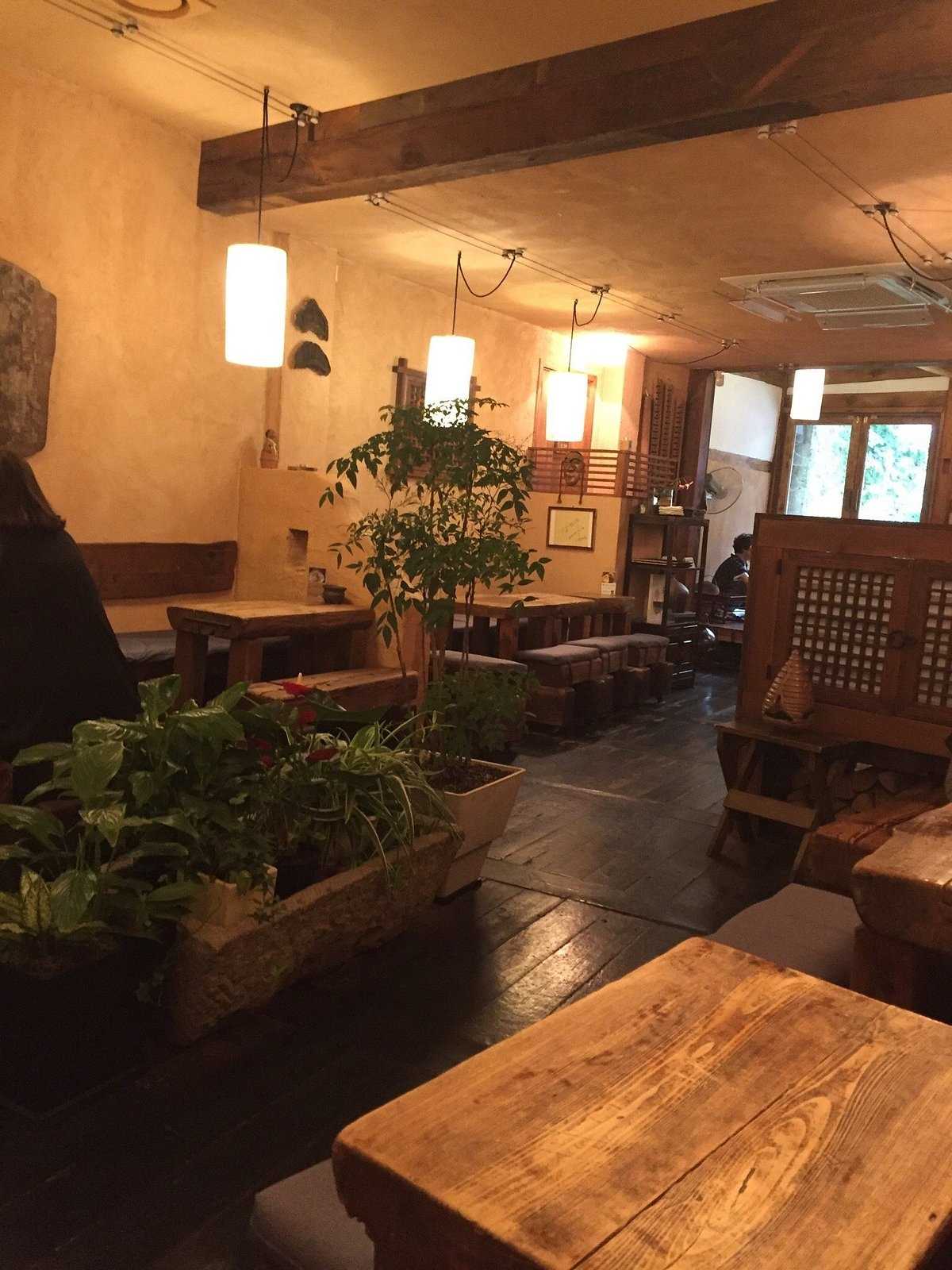Korean Traditional Tea Houses in Insadong: Experience Tea Culture
Nestled in the heart of Seoul, Insadong is a vibrant neighborhood that offers a unique blend of traditional and modern Korean culture. Among its many attractions, the traditional tea houses stand out as serene havens where visitors can immerse themselves in Korea’s rich tea culture. These tea houses are not just places to enjoy a cup of tea; they are cultural experiences that offer a glimpse into Korea’s history, art, and hospitality.
Discovering Insadong’s Tea Houses
Insadong is renowned for its narrow alleys lined with art galleries, antique shops, and traditional craft stores. Amidst this cultural tapestry, the tea houses provide a peaceful retreat from the bustling streets. Each tea house has its own unique charm, often housed in hanoks, which are traditional Korean houses known for their elegant wooden architecture and tiled roofs. The interiors are typically adorned with Korean art, calligraphy, and pottery, creating an atmosphere that is both calming and culturally enriching.
When visiting a tea house in Insadong, you can expect to be greeted with warm hospitality. The staff often wear hanbok, traditional Korean clothing, adding to the authenticity of the experience. Many tea houses also offer a selection of traditional Korean snacks, such as rice cakes and sweet red bean paste, which perfectly complement the tea.
The Art of Korean Tea
Korean tea culture is distinct and deeply rooted in the country’s history. Unlike the more widely known Japanese tea ceremony, Korean tea culture is less formal and more focused on the enjoyment of the tea itself. The teas served in Insadong’s tea houses are typically made from a variety of ingredients, including green tea, barley, and medicinal herbs. Each type of tea is believed to have its own health benefits, from aiding digestion to boosting immunity.
One of the most popular teas is “nokcha,” or green tea, which is celebrated for its fresh flavor and numerous health benefits. Another favorite is “omija-cha,” made from the omija berry, known for its unique combination of five flavors: sweet, sour, salty, bitter, and pungent. For those seeking a caffeine-free option, “bori-cha,” or barley tea, is a popular choice, offering a nutty flavor and a soothing effect.
The preparation and serving of tea in these houses is an art form in itself. The tea is often brewed in beautiful ceramic teapots and served in delicate cups, enhancing the sensory experience. Visitors are encouraged to take their time, savoring each sip and enjoying the tranquil surroundings.
Tips for Visiting a Tea House
To make the most of your visit to a traditional tea house in Insadong, consider the following tips:
- Timing: Tea houses are generally quieter during weekdays and in the early afternoon. Visiting during these times can provide a more peaceful experience.
- Etiquette: While Korean tea culture is less formal than some other traditions, it’s still important to be respectful. Speak softly, and take your time to enjoy the tea and the ambiance.
- Ask Questions: Don’t hesitate to ask the staff about the different types of tea and their health benefits. They are usually more than happy to share their knowledge and recommend teas based on your preferences.
- Explore the Menu: Many tea houses offer a variety of teas and snacks. Take the opportunity to try something new, whether it’s a type of tea you’ve never heard of or a traditional Korean sweet.
- Photography: While many tea houses allow photography, it’s always polite to ask first, especially if you’re taking pictures of the interior or other guests.
Visiting a traditional tea house in Insadong is more than just a chance to enjoy a delicious beverage; it’s an opportunity to connect with Korean culture in a meaningful way. Whether you’re a tea enthusiast or simply looking for a quiet place to relax, these tea houses offer a unique and memorable experience.
